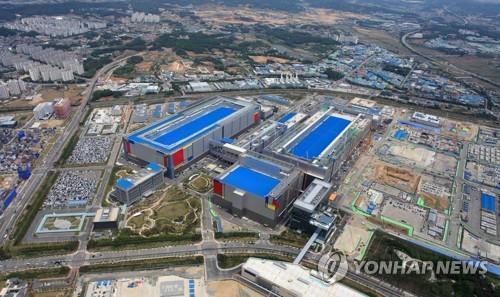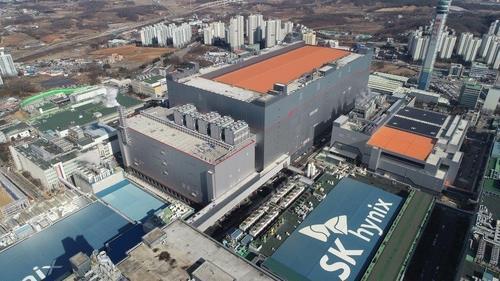- California Assembly OKs highest minimum wage in nation
- S. Korea unveils first graphic cigarette warnings
- US joins with South Korea, Japan in bid to deter North Korea
- LPGA golfer Chun In-gee finally back in action
- S. Korea won’t be top seed in final World Cup qualification round
- US men’s soccer misses 2nd straight Olympics
- US back on track in qualifying with 4-0 win over Guatemala
- High-intensity workout injuries spawn cottage industry
- CDC expands range of Zika mosquitoes into parts of Northeast
- Who knew? ‘The Walking Dead’ is helping families connect
Global DRAM shipments, prices down in Q4: report
Global DRAM shipments dropped nearly 6 percent in the fourth quarter from three months earlier, a report showed Friday, amid sluggish demand from manufacturers that had hoarded up the key consumer electronics component over continued chip shortages.
DRAM shipments during the October-December period were valued at US$25 billion, down 5.8 percent globally from the previous quarter, according to the data provided by industry tracker TrendForce. Declining purchasing momentum, it said, also led to a drop in DRAM prices.
DRAM, or dynamic random-access memory, is a type of volatile semiconductor memory that retains data as long as power is supplied. It is commonly used in personal computers, workstations and servers.
The report expected the trend to continue into the first quarter of this year on sluggish demand and abundant inventory, further putting downward pressure on DRAM prices.


This file photo, provided by Samsung Electronics Co. on May 21, 2020, shows the company’s chip plant in Pyeongtaek, south of Seoul. (PHOTO NOT FOR SALE) (Yonhap)
DRAM revenue at Samsung Electronics Co., the world’s largest memory chip maker, dropped to $10.5 billion in the fourth quarter, down 9 percent from the previous quarter, according to the report.
In its fourth-quarter earnings report last month, Samsung said, “Overall demand in the memory business, centered on server, was solid but earnings declined quarter-on-quarter due to a continuation of global supply chain issues and a slight drop in average selling price.”
For the first quarter, it said it will “focus on maximizing the quality of the business portfolio via higher sales of advanced node products to support the server and PC demand recovery.”
Samsung warned, however, “Lingering uncertainties are likely to persist,” referring to risks associated with the spread of omicron and global supply chain issues.
SK hynix Inc., the world’s second-largest memory chip maker, saw its DRAM revenue rise 2.8 percent to $7.4 billion in the fourth quarter, bucking the industry trend, according to TrendForce.
Announcing its fourth-quarter earnings results, the company attributed the revenue growth to its focus on flexible supply management, among other things.
“SK hynix decided to continue its strategy of focusing on profitability while containing market volatility by managing its DRAM inventory flexibly,” it said.
Meanwhile, Samsung’s DRAM market share slightly dropped on-quarter to 42.3 percent from 44 percent, while SK hynix climbed 2.5 percentage points to 29.7 percent. The U.S. chipmaker Micron Technology Inc. ranked third at 22.3 percent.
The report previously forecast the global DRAM market would grow 0.3 percent to $91.54 billion this year, similar to the previous year on solid demand despite falling prices.
The average selling price of DRAM is predicted to fall by 15 percent, with the drop being more pronounced in the first half.
It noted, however, the prices are likely to climb again in the second half thanks to “the rise in DDR5 penetration rate and the arrival of peak seasonal demand.” DDR5 is the next-generation of PC main memory with higher speed and bigger memory.











